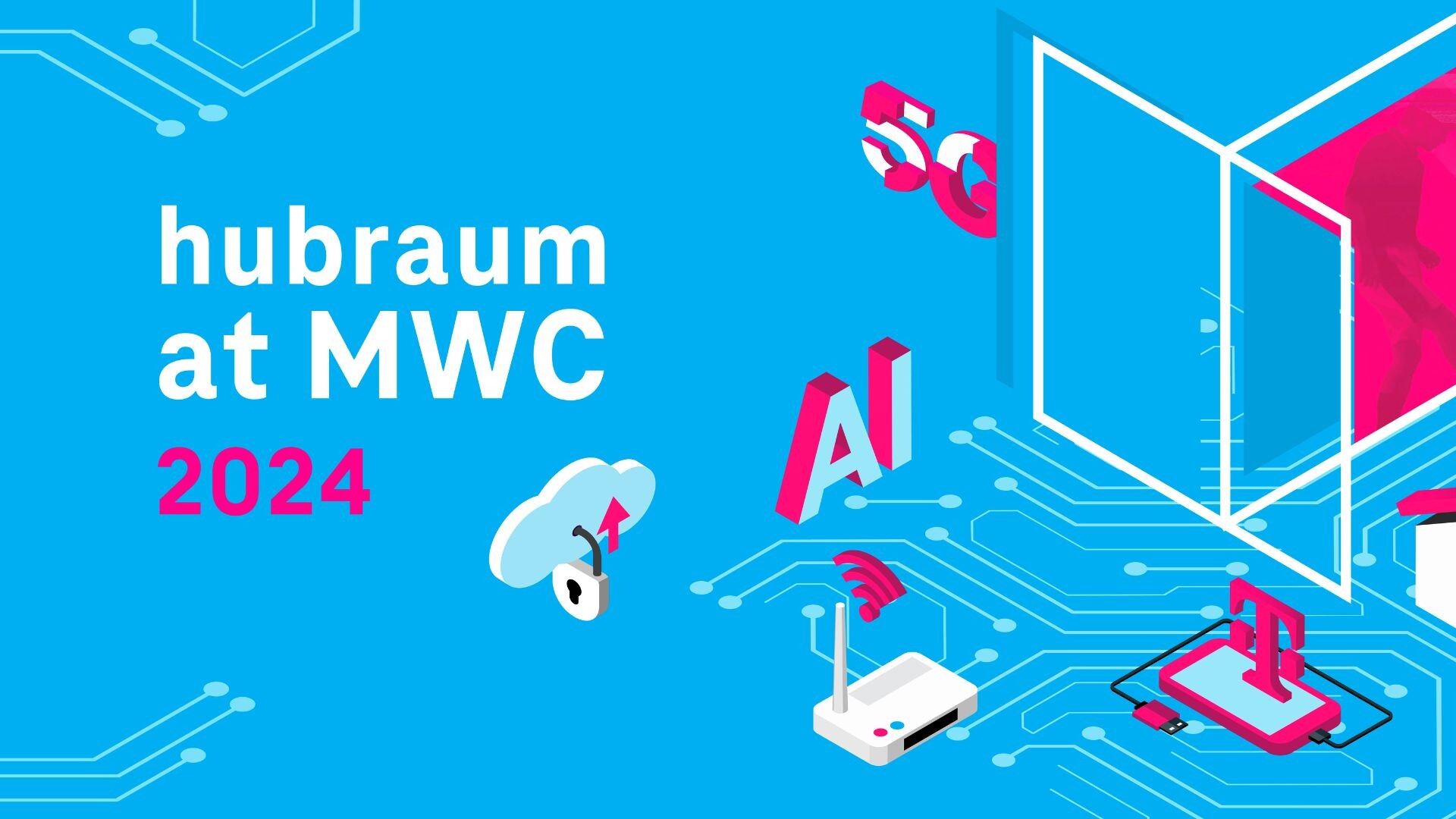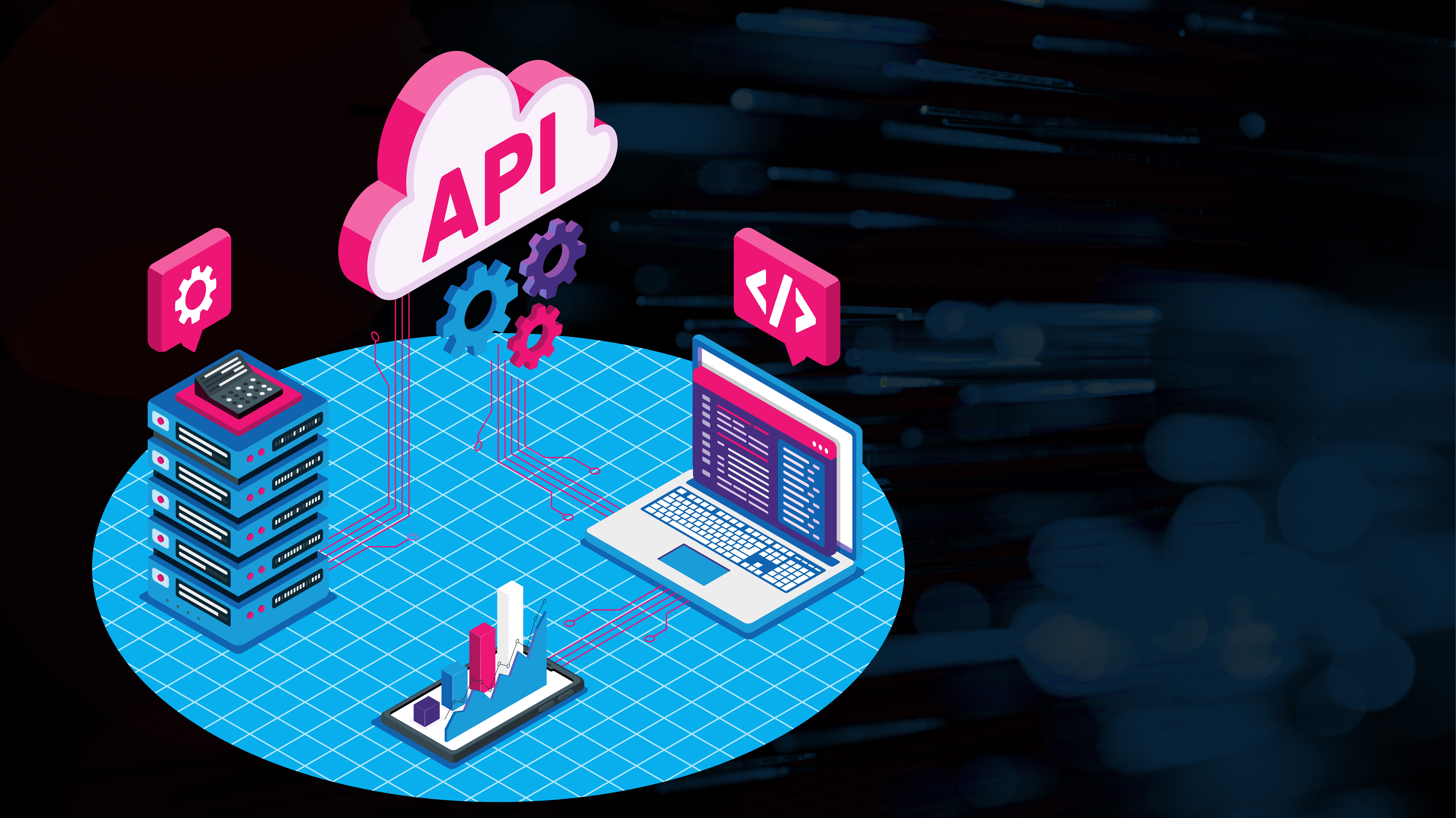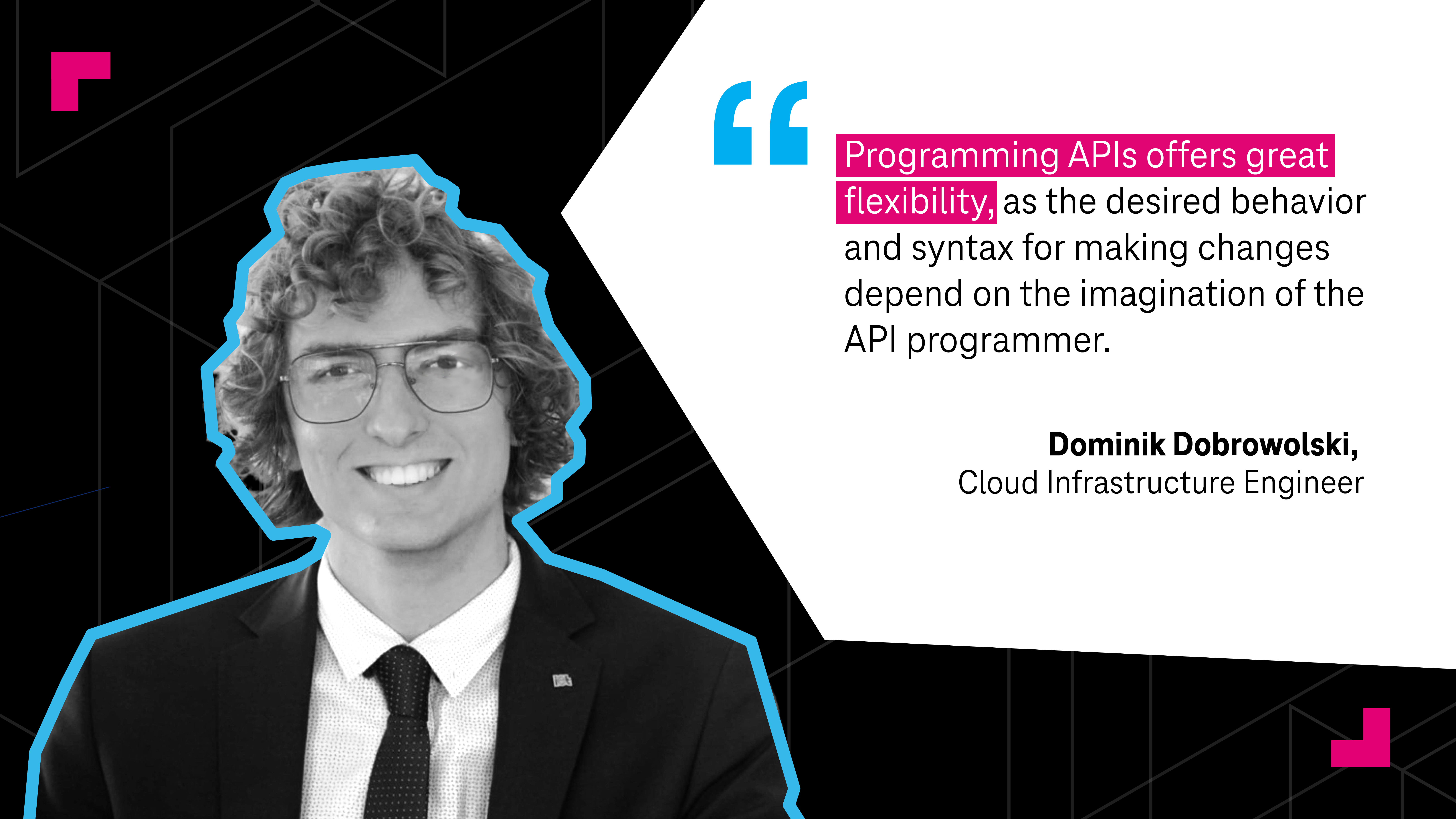
2700 visitors and a hat to help the blind see: hubraum visits MWC 2024
After a whirlwind trip to the 2024 Mobile World Congress in Barcelona, we’re ready to celebrate our wins.

Communication plays a vital role in our world, where humans exchange ideas and thoughts through speech or writing. For effective understanding between two individuals, they must share a common language. Language serves as a standardized way of organizing thoughts and conveying them through speech or written text.
Similar principles apply to the realm of machines and computer applications.
In general terms, computer applications require a means of communication (protocol) and a specific “language” or data format that can be comprehended by both sides.
This is where APIs (Application Programming Interfaces) come into play. APIs are software interfaces that facilitate the exchange of information between two computer applications.
In the case of 5G QoD (Quality on Demand) APIs, users can request higher bandwidth for their devices without needing to understand the intricacies of how the service is provided to them.
Now that we understand the importance of APIs, let’s delve into how they work.
To enable communication between two applications, we require a means of transporting information from Application A to Application B. This is accomplished through protocols!
RPC (Remote Procedure Call): This methodology is employed in constructing distributed, client-server-based applications. It is akin to a subroutine or function call. RPC is well-suited for client-server interactions where control flow alternates between the two entities. Unlike HTTP REST, RPC has limited flexibility and only supports GET and PUT instructions.
SOAP (Service Object Access Protocol): SOAP is a lightweight protocol designed for exchanging structured information in a decentralized, distributed environment. APIs adhering to SOAP principles enable XML messaging between systems using HTTP or Simple Mail Transfer Protocol (SMTP) for mail transfer. XML, an extensible markup language, is widely employed for data storage and exchange over the internet or other networks. Implementing SOAP can be challenging and requires greater bandwidth compared to the ease of implementation and lower bandwidth requirements of REST, particularly on smartphones.
HTTP REST: In contrast to SOAP, which is a protocol in its own right, REST is a software architectural style for applications functioning over the HTTP protocol. HTTP is the same protocol used for browsing the internet and accessing web pages. REST APIs utilize the following commands to retrieve, add, or delete information from a remote application:
Now that we comprehend how API protocols enable successful communication, let’s consider a scenario where someone desires to utilize our 5G API to enhance their devices’ bandwidth or reduce latency. To achieve this, they need to understand how our API is implemented.
Recall how we discussed human communication earlier. The client must be aware of the data we expect in order for our application to comprehend their request. This is where API specifications come into play. They provide customers with an understanding of API behavior and the necessary inputs required to effect specific changes (such as improving latency/bandwidth in this case).

APIs can be designed to perform a wide range of functions, from controlling lights to fetching weather forecasts. That is why API specifications are so important. Consequently, it is crucial for Deutsche Telekom and the entire Telco industry to standardize how customers interact with 5G APIs. This is precisely the goal of the Camara Project – to simplify developers’ lives and ensure their applications work seamlessly across multiple telcos without requiring significant code modifications!
We summarized the insights on APIs and developers we won in the 5G Early Access Program in our Research Report. Check it out here.
Read more in our 5G Deep Dive series: